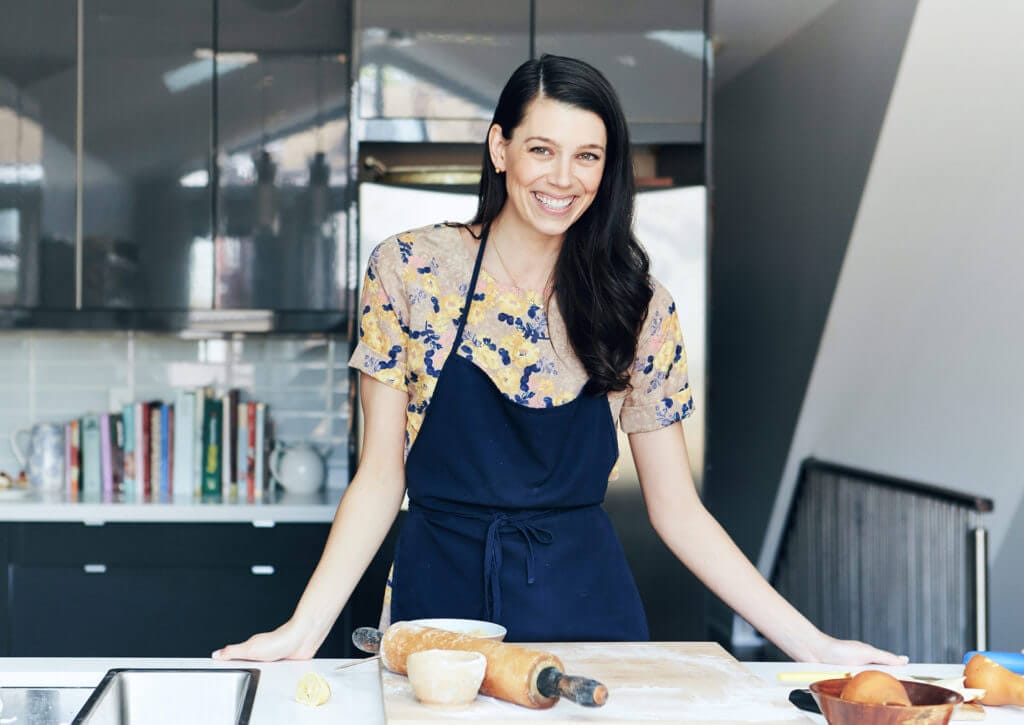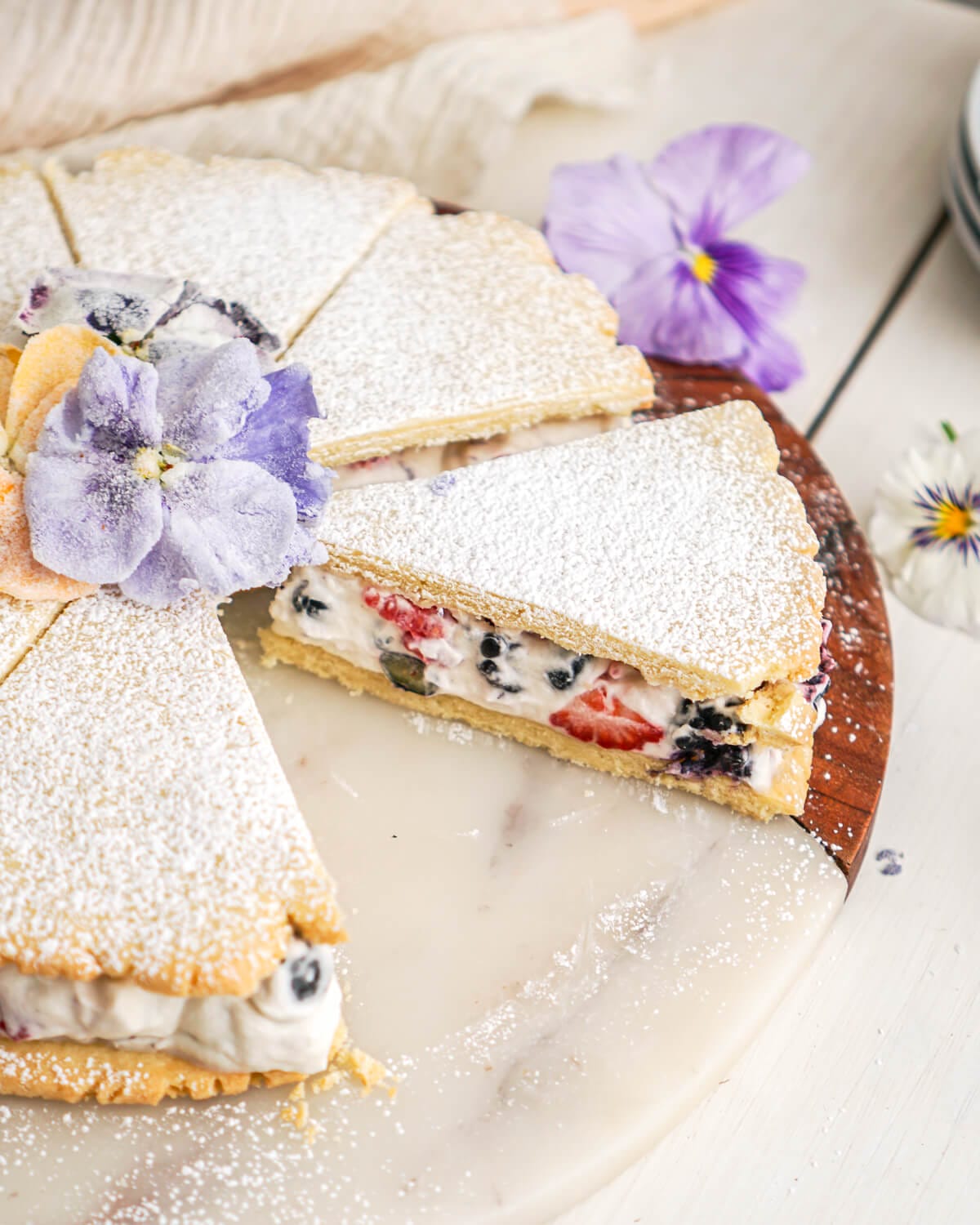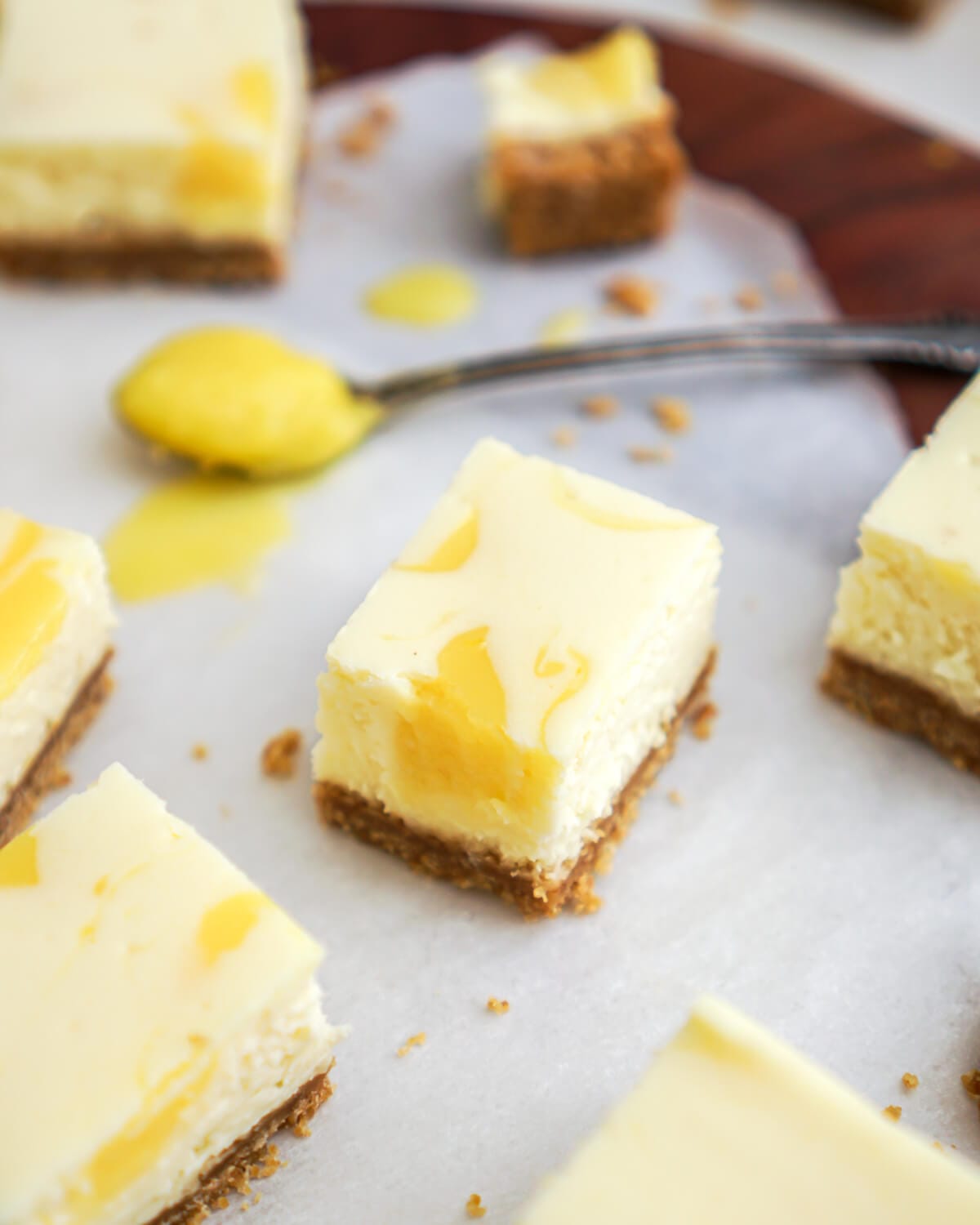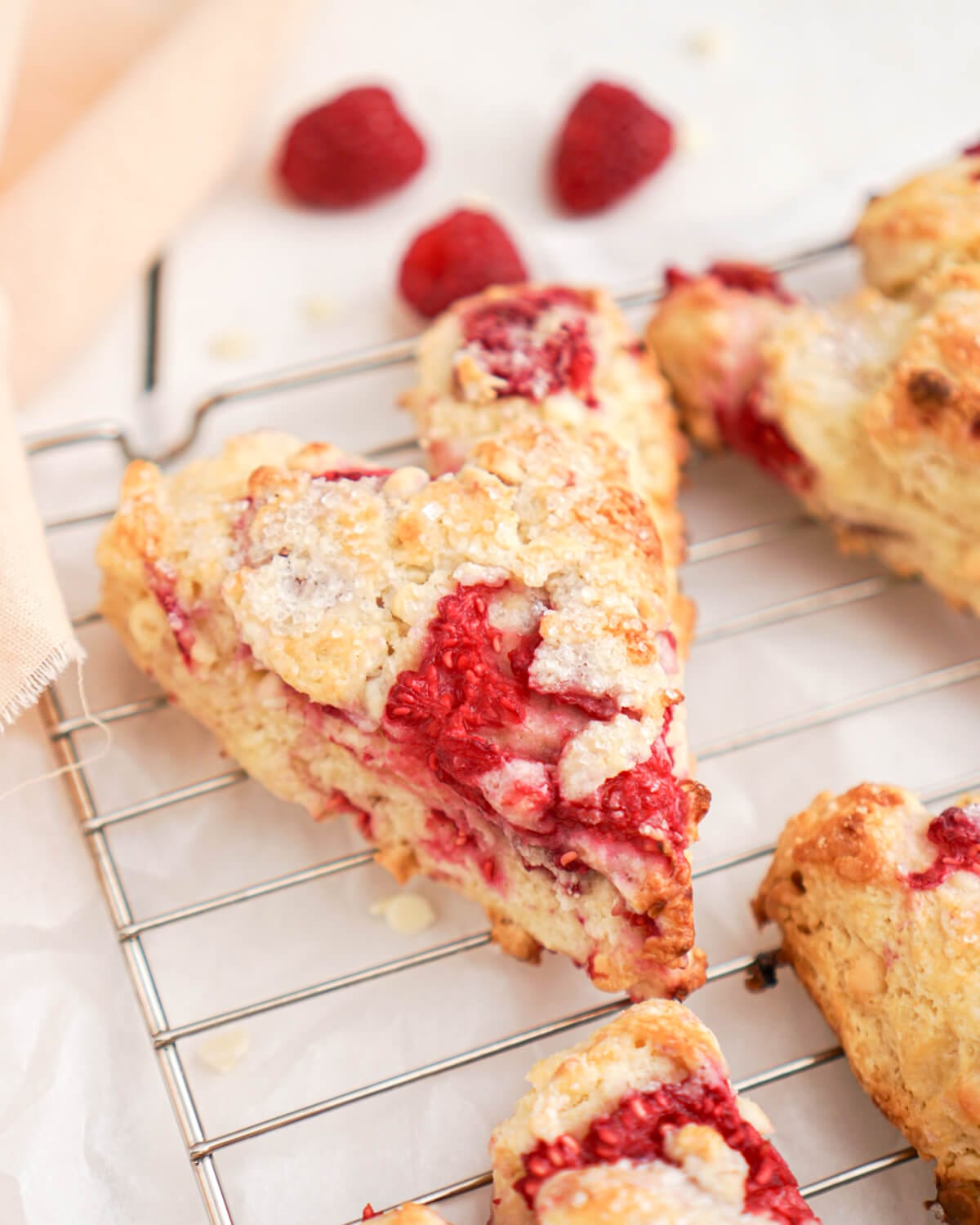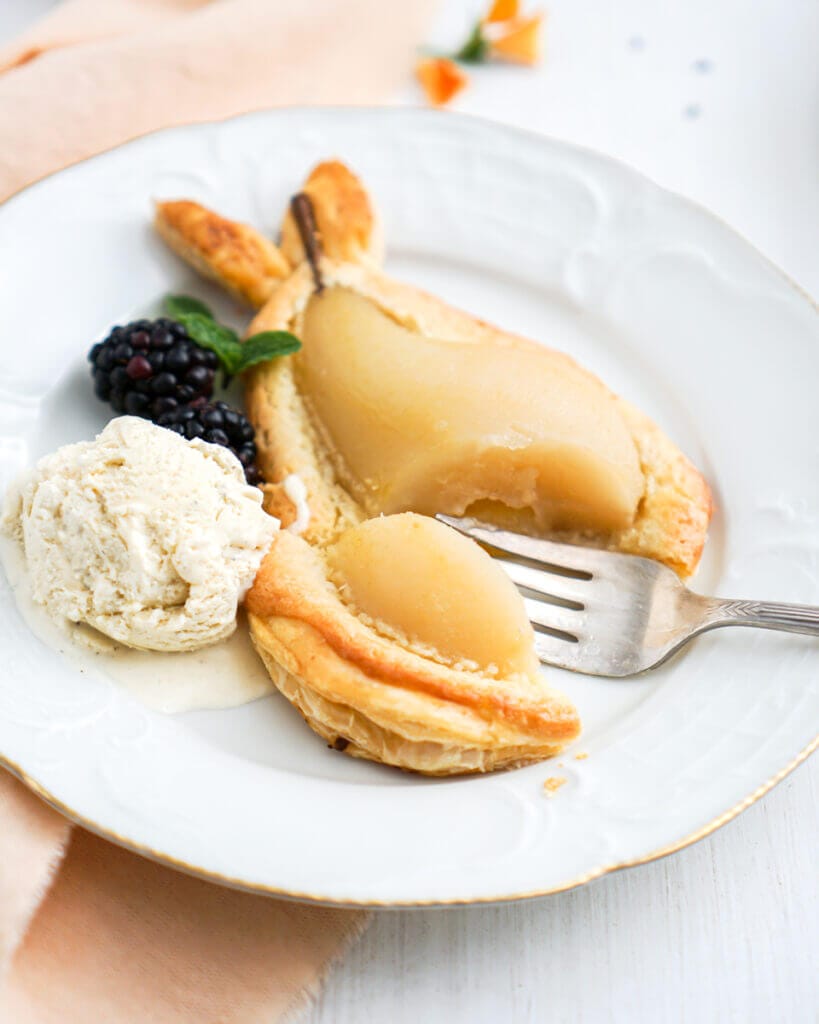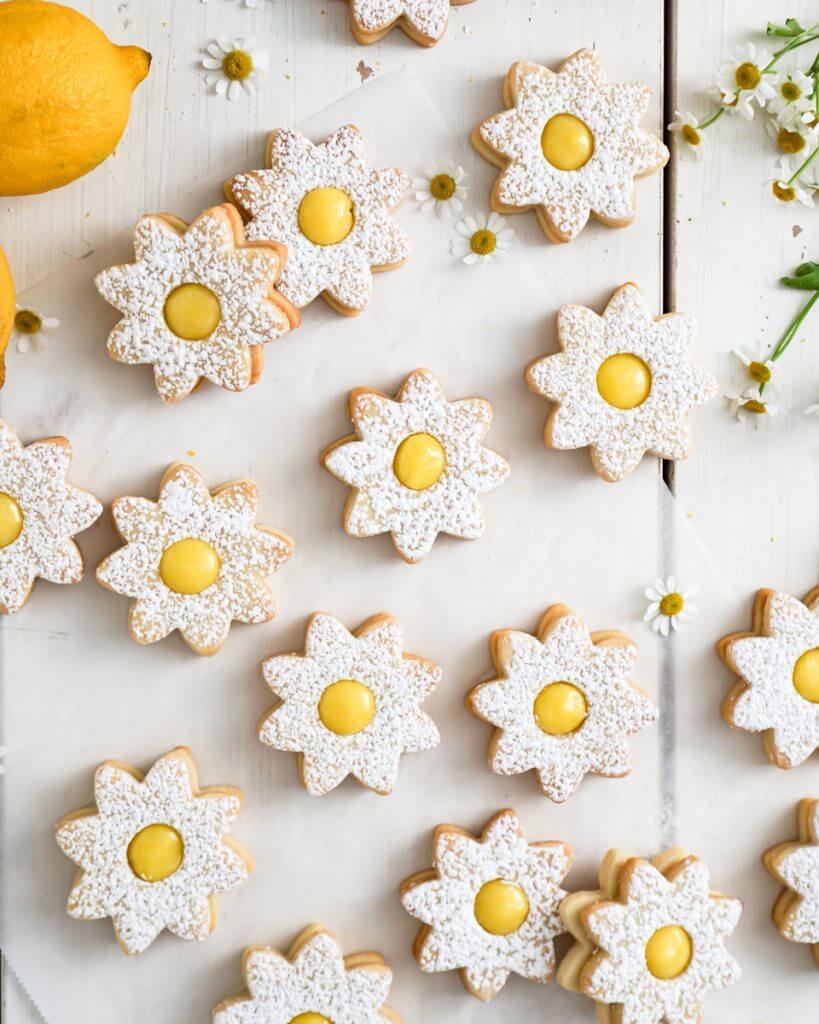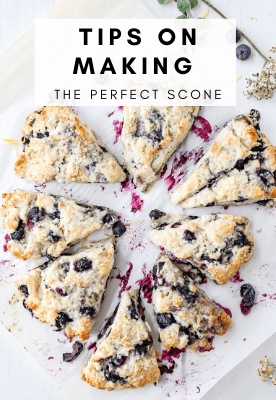Believe it or not, there is an art to measuring and executing recipes correctly. Baking takes patience and following the recipe exactly! If you want professional results you need to start executing and measuring the recipe like a professional!
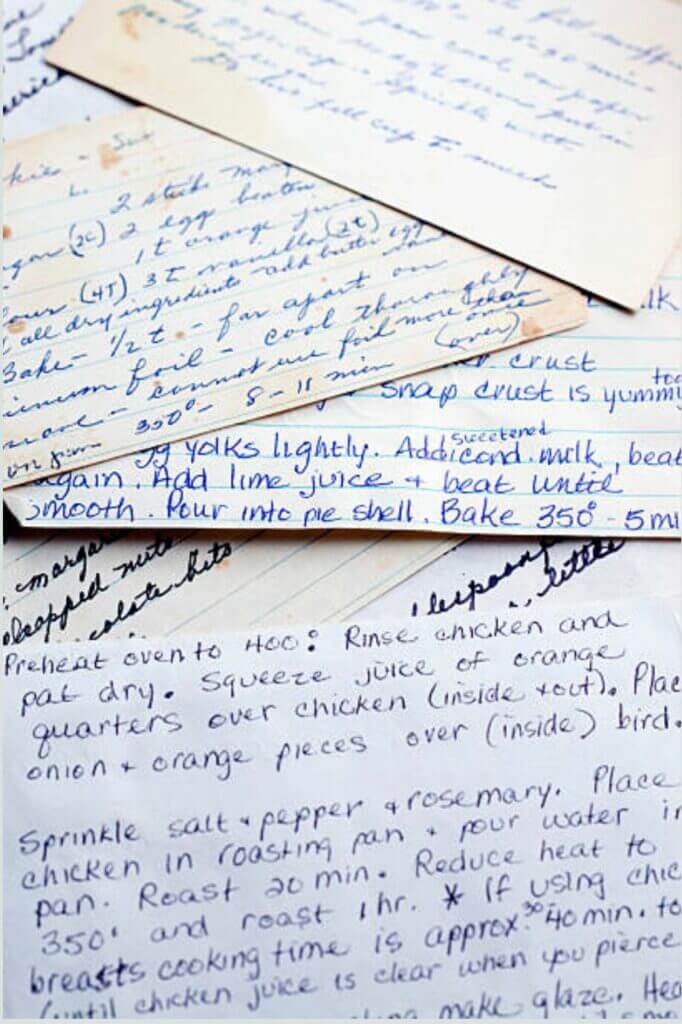
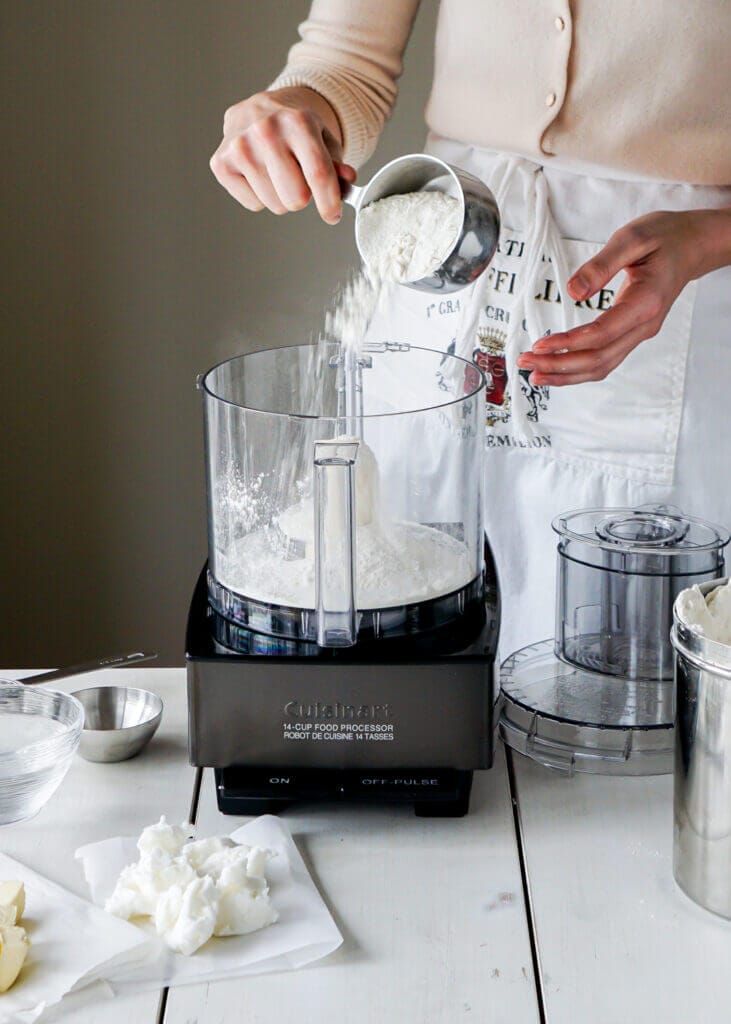
Tips on Measurements
This is crucial for successful baking. Precision in measuring ensures that the right balance of ingredients is achieved, which directly impacts the taste, texture, and overall outcome of baked goods. Inaccurate measurements can lead to a flopped recipe, and inconsistent results, such as dense cakes, flat cookies, or tough bread.
- Spooning the Flour into the Measuring Cup
- Avoid scooping flour directly from the bag with the measuring cup, as it can lead to compacting the flour and inaccurate measurements.
- Instead, use a spoon to gently scoop flour into the measuring cup until it’s overflowing, then level it off with a straight edge.
- Using Proper Measuring Tools
- Ensure measuring cups and spoons are level when scooping ingredients to achieve accurate measurements and then use the back of a butter knife and drag it across the top to remove any extras.
- Use the right measuring cups for dry and liquid ingredients.
- Using a Kitchen Scale
- Invest in a kitchen scale for more accurate measurements, especially for ingredients like flour and sugar that can vary significantly in density.
- Weighing ingredients in grams or ounces provides precise measurements and ensures consistency in your baking.
Tips on Execution
Following the recipe’s exact ingredients is also essential for a successful outcome in baking. Don’t be tempted to change the recipe. Each ingredient serves a specific purpose in the recipe, whether it’s providing structure, moisture, flavour, or leavening. Substituting or omitting ingredients can alter the chemical reactions and overall balance of the recipe, leading to unexpected results.
- Follow the Recipe Exactly
- Stick to the recipe’s exact ingredients, especially if you’re unfamiliar with the recipe or baking technique.
- Each ingredient serves a specific purpose, such as providing structure, moisture, flavour, or leavening, and altering them can affect the final outcome.
- Avoid Substituting Ingredients
- Resist the temptation to substitute or omit ingredients without understanding their function in the recipe.
- Substituting or omitting ingredients can disrupt chemical reactions and throw off the balance of flavours and textures.
- Consult Reliable Sources
- Use reputable baking resources, cookbooks, and online sources to find reliable information on ingredient substitutions and modifications. I’m always just a message away if you need me!
- Allergies and Dietary Restrictions
- If you need to substitute ingredients due to allergies or dietary restrictions, research suitable alternatives that won’t compromise the recipe’s integrity. And make notes to the recipe.
- Look for ingredient substitutes that offer similar properties to the original ingredient, such as texture and flavour.
Remember, baking is a science and an art. So, before you start substituting or omitting ingredients, take a moment to appreciate the original recipe first. Once you nail that recipe then we can talk about making it your own! Our final step in creativity and presentation after laying the groundwork of organization and prep, equipment and tools, baking techniques, and execution and measurements!

